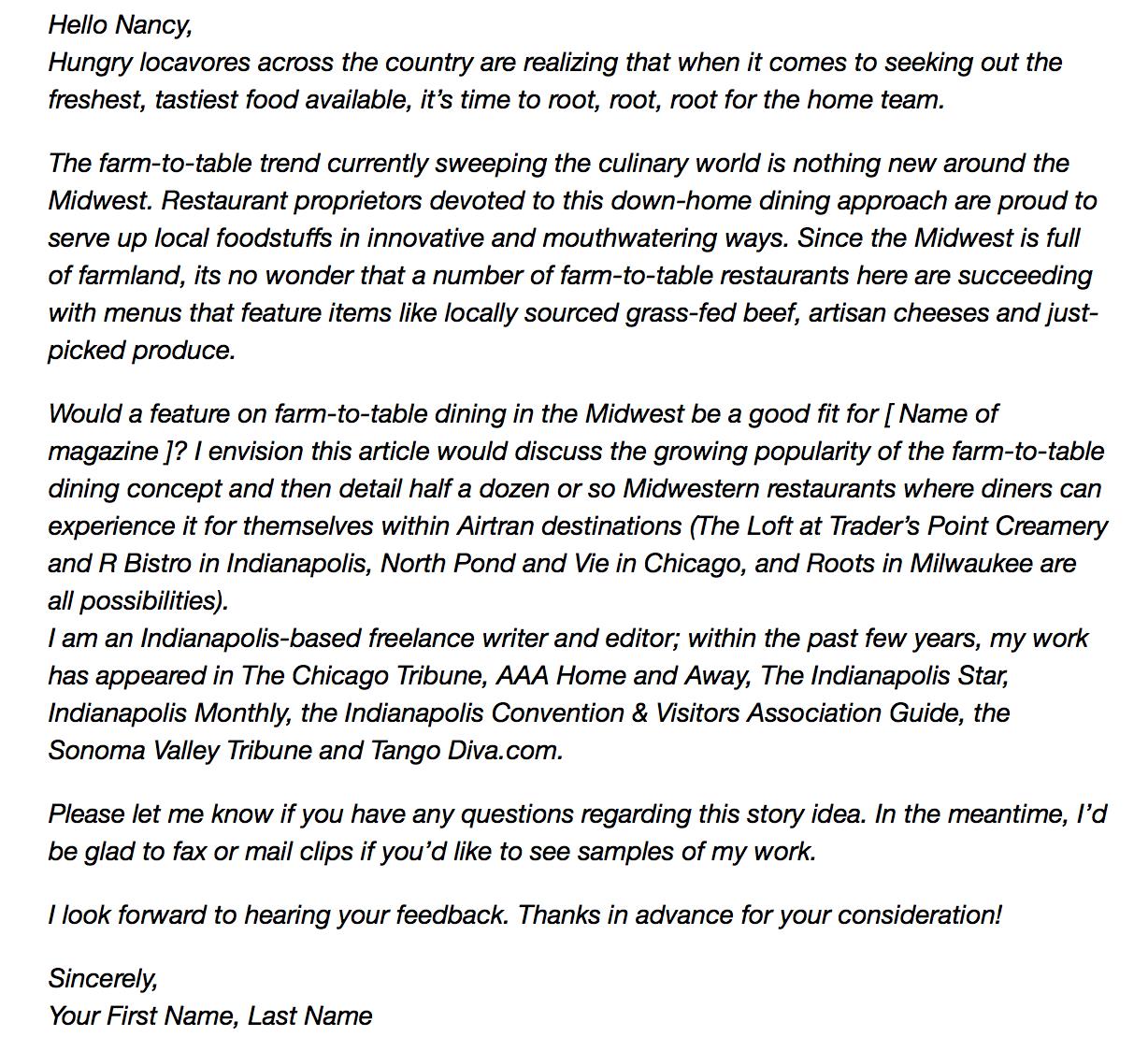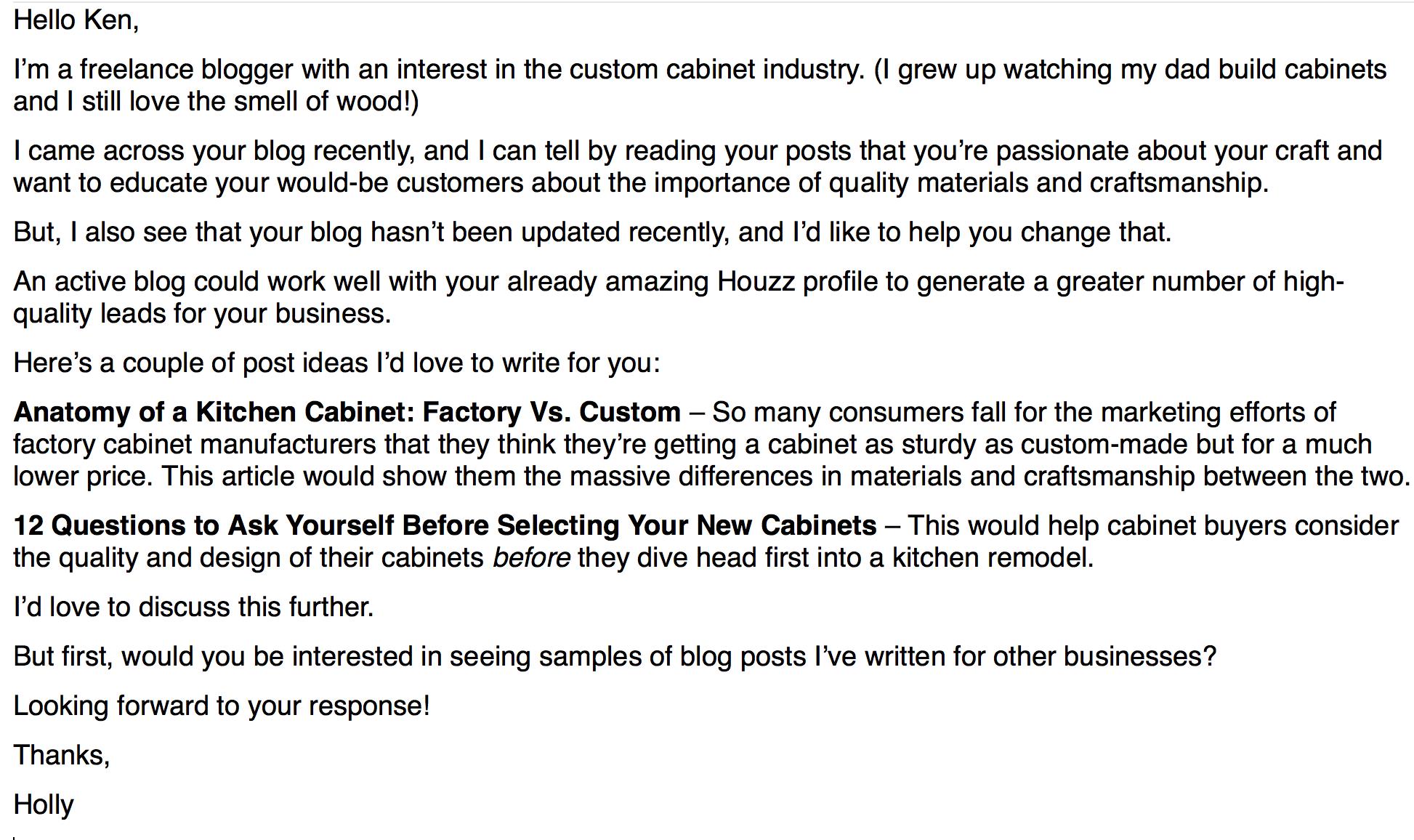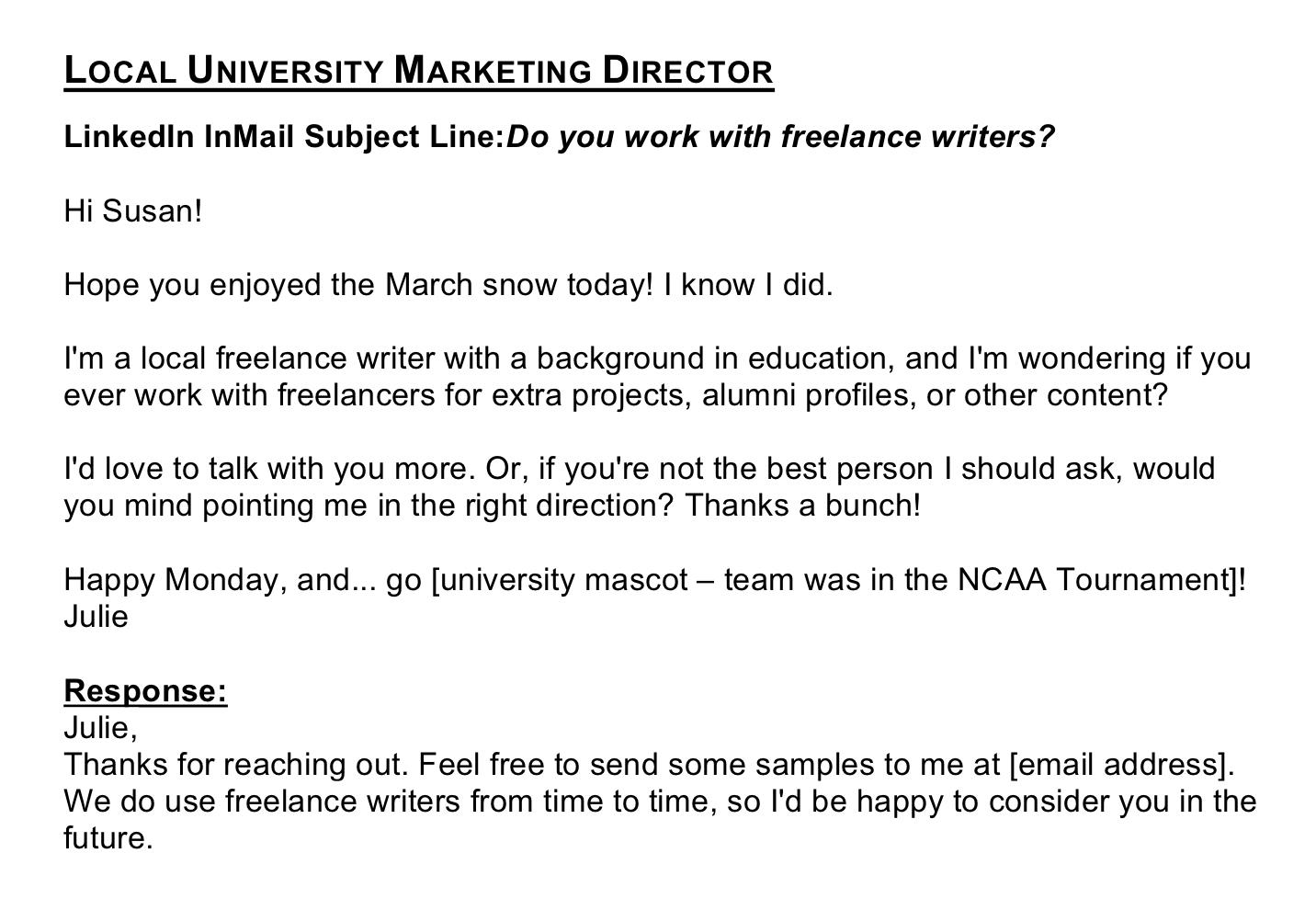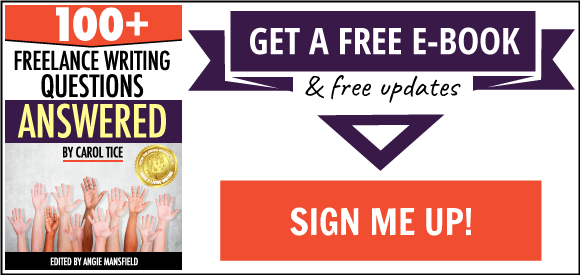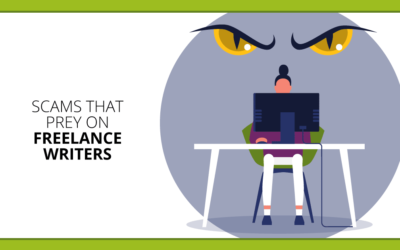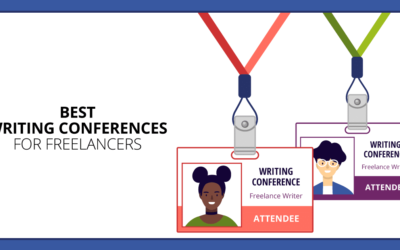
If you’ve been slaving away in content mills or spending all your time replying to job ads, you might be a bit confused about what writing a pitch actually means.
So you ask Google.
One writer-guru claims that if you master the art of cold pitching, you can land your dream clients.
Another recommends sending letters of introduction, or LOIs, so you can build relationships for ongoing work.
And yet another touts the advantages of writing a pitch to an editor as the way to land an assignment.
So, which of these should you use to build your freelance writing business?
The answer: All of them.
Because all three are powerful tools, proven to help you get freelance writing gigs.
Want to learn the craft of writing a pitch to land more clients? Here are the tools you’ll need:
Use the right tool for writing a pitch
Think of LOIs, query letters and cold pitches like a carpenter’s tools.
A carpenter uses a saw, drill and hammer to build a house. Yet each of those tools has an individual purpose.
A hammer drives a nail. A drill fastens a screw. And a saw cuts wood.
So, I think you’d agree that grabbing a drill to cut a board wouldn’t make sense.
In the same way, query letters, LOIs and cold pitches will help you build your client roster.
But you won’t use a query letter to pitch the marketing manager of a Fortune 500 company your writing services.
That’s the wrong tool.
So, to help you better understand the differences between these client-generating pitches, let’s break them down one by one and explore when to use each.
Tool #1 – The query letter
Use a query letter to pitch an article idea to the editor of a publication-online or in print. Or if you have an idea for a guest blog post.
Here’s why.
Editors don’t have time to read entire articles that randomly show up in their inboxes. (These are called unsolicited manuscripts and they’re deleted immediately.)
But editors are looking for great stories and competent writers. So, a query letter allows them to find fresh ideas and discover new talent without making a huge time investment.
(The exception to this rule is when you’re contacting the editor of a trade publication. See Tool #3 – The Letter of introduction, below.)
Approach these publications with a query letter:
- National magazines, like Better Homes and Gardens
- Regional magazines, like Nashville Lifestyles
- Newspapers, like the Chicago Tribune
- Blogs that accept guest posts, like Make a Living Writing
- Online publications, like Romper
How to write a query letter:
A query letter has two goals-to sell an editor your article/post idea and to show them you’re the one to write it.
But you only have ONE PAGE to make those things happen. So, a great query letter hooks an editor quickly-within the first few sentences.
Next, it explains why your idea fits their publication.
And lastly, it mentions your qualifications for writing the proposed article/post.
Also, while some publications want you to send a detailed outline, others don’t. So be sure to read the submission guidelines before you write your query.
This query letter landed writer, Erik Episcopo, a $1,200 assignment from an in-flight magazine:
Tool # 2 – The cold pitch
Use a cold pitch when you want to pitch one specific service to a business, brand or nonprofit.
For instance, if you notice that a company you love has a blog that hasn’t been updated recently, send a cold pitch offering to write their blog posts.
A cold pitch also works if you want to offer services like writing:
- Quarterly case studies to the marketing director of an engineering firm
- Email newsletters or lead nurture sequences for a business
- Contributed articles for a local business owner
How to warm up a cold pitch
Just because you’re sending a pitch to someone you’ve never met (thus the name cold pitch) doesn’t mean you have to be icy. So, don’t send mass-emailed, cookie-cutter templates.
Instead, spend time researching the company. Find out who you should address, and try to make a meaningful connection with them-just like you would if you met them in person for the first time.
Because the more personal you are, the more you’ll increase your response rates.
For example, I start the cold pitch below by mentioning my lifelong ties to the cabinet industry:
Tool #3 – The letter of introduction
Use an LOI to introduce yourself and an overview of your services, rather than specifically pitching one project type. “‹”‹”‹”‹”‹”‹”‹”‹”‹”‹”‹”‹”‹”‹
LOI’s are a great way to start a conversation with your ideal clients, find out if they use outside writers and learn how you might be able to help them.
And, yes, it’s important to personalize LOI’s, too.
Here are several instances when you should send an LOI:
- To stand out when you answer a job post
- To connect with editors at trade magazines (note: LOI’s work well for trade publications because they usually have preplanned agendas-unlike most glossies)
- To connect with marketing agencies that might need help with overflow work
- To connect with a marketing director on LinkedIn who might need your services.
Check out the great response that educational copywriter, Julie Johnson got from this LOI she sent via LinkedIn:
As you can see, LOI’s don’t have to be long to start a conversation. And they can get responses quickly.
But, they don’t always result in an immediate gig. So don’t quit if you get a ‘no.’
Keep pitching
Pitching-no matter which tool you use-is in part, a numbers game.
Sure, there are ways to increase your response rates, but there’s no way to guarantee every person or company you contact will need your services right away-or at all.
So, don’t just send one-or three-pitches, and then stop to obsess as you wait for a reply.
Instead, keep a steady flow of LOIs, query letters and cold pitches going out. It’s the best way to build a pipeline of leads to help you move up and earn more.
Got questions about pitching, or a pitch that worked for you? Let’s discuss on Facebook and LinkedIn!
Holly Hughes-Barnes creates the magnetic stories marketers crave to power their content marketing strategy-when they don’t have the time or bandwidth to do it in-house.







